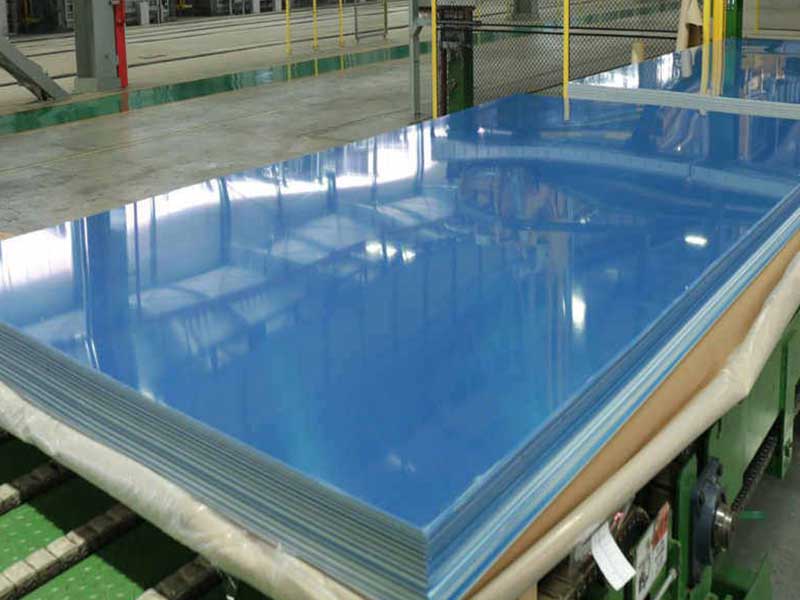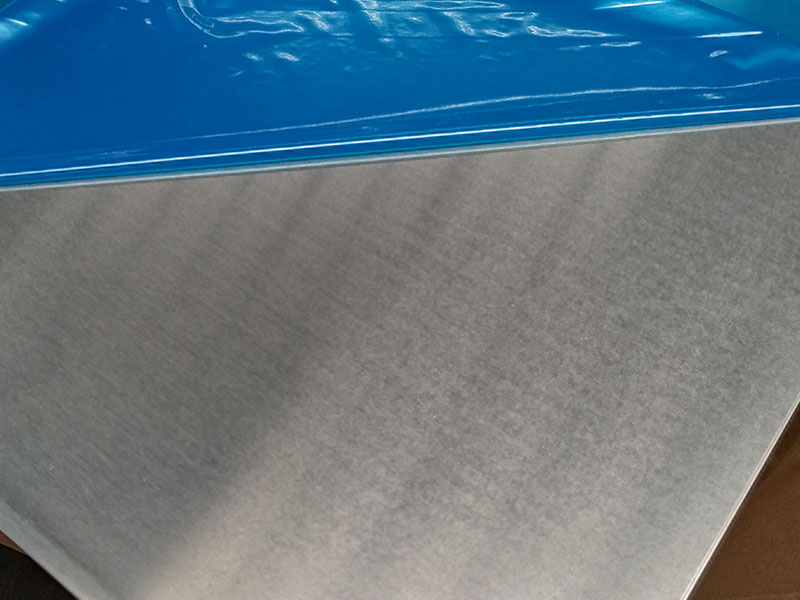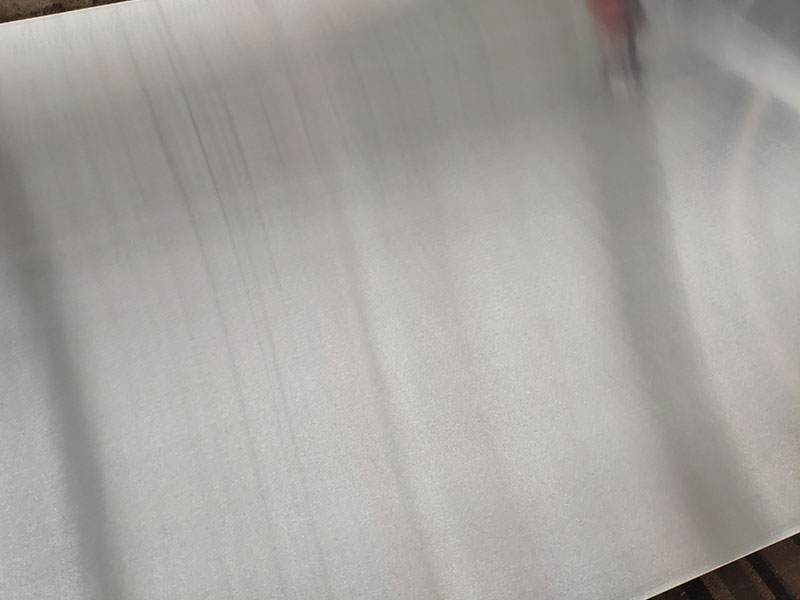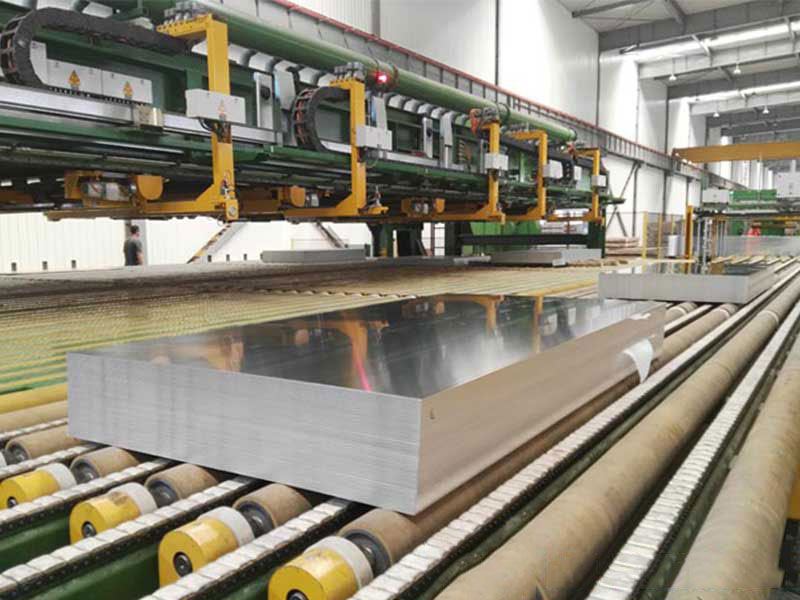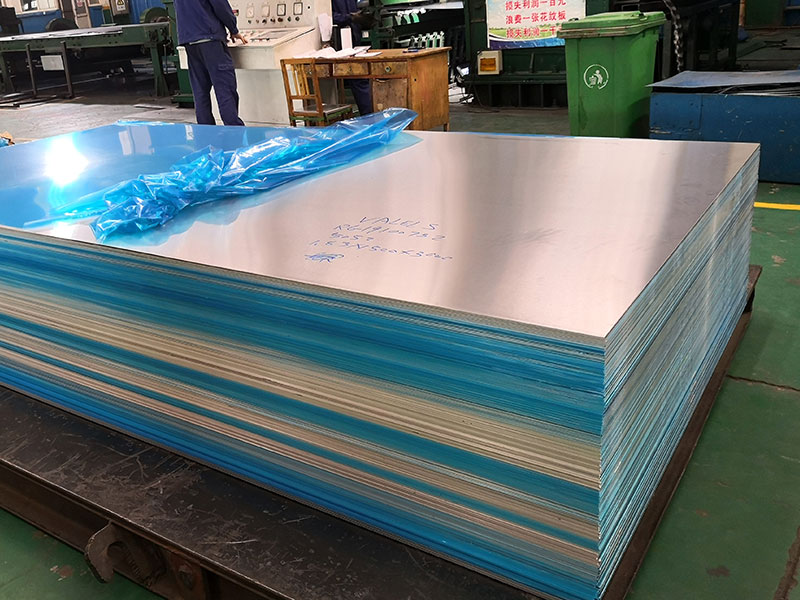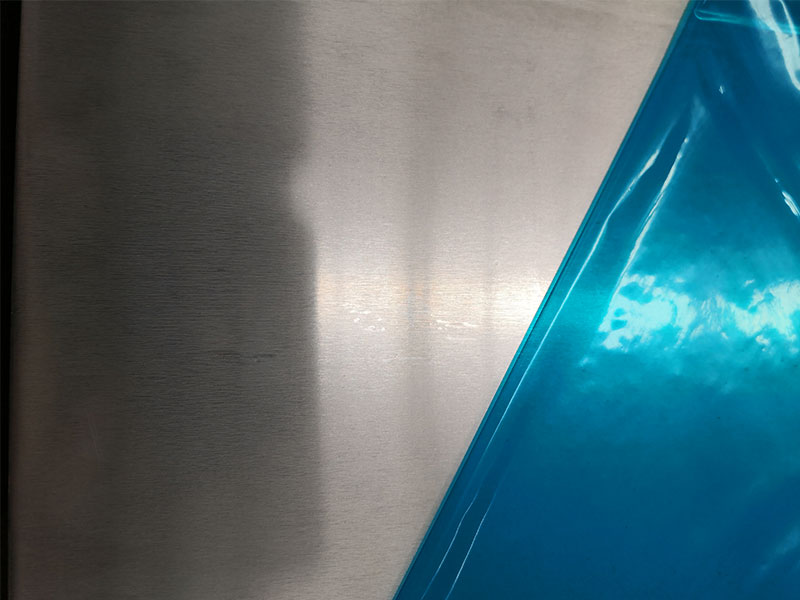2mm Polished Aluminium Sheet 5052 h32 h38
the Versatility of 2mm Polished Aluminum Sheet 5052 H32 and H38: A Comprehensive Viewpoint
When you think of materials pivotal to modern design and industry, aluminum often tops the list—and for good reason. Among the multitude of options available, the 2mm polished aluminum sheet, particularly in the 5052 alloy with H32 and H38 temperations, stands out as a product that harmoniously blends strength, aesthetic appeal, and utility.
Working with 2mm polished aluminum sheet in 5052-H32 and -H38 tempers is a daily reality for me. The difference in the temper is immediately apparent in handling; the H32 is noticeably softer and more easily formed, making it ideal for processes requiring deep drawing or complex bends. We often use it in applications needing a smooth, reflective surface but also some malleability, like decorative panels or parts that require a slight curve. The H38, however, is a different story. It's much stronger and more resistant to deformation, but that also means more challenging fabrication. We see this used frequently where durability and resistance to scratching or denting is paramount, such as protective covers or components exposed to potential impacts. The consistent polish on both tempers is key; achieving that requires meticulous care in our finishing lines, and any minor flaw can halt the entire production run.
Personally, I've found that the subtle variations between batches of even the same alloy and temper can be a source of constant learning. Minute differences in the polishing process, or even the storage environment prior to its arrival at our facility, can affect its workability. For instance, minor surface oxidization, often invisible to the naked eye, can significantly impact the bonding strength if we're using adhesive processes. I've spent countless hours troubleshooting issues stemming from seemingly insignificant details, refining our processes to maintain consistent quality and minimize waste.
Aluminum Alloys and Tempering
Before delving into the specific benefits and applications of the 5052 aluminum alloy, it's important to understand what “H32” and “H38” mean. These designations refer to specific tempering processes:
-
H32 Temper: Exhibiting greater strength, the H32 temper involves work-hardening and a subsequent solution heat treatment, followed by stabilization. It creates an aluminum sheet that retains both ductility and mechanized properties vigilant for assortment in construction projects where structural integrity holds the utmost priority.
-
H38 Temper: This temper reflects a more advanced level of hardness. After rigorous strain hardening and heat treatment, H38 provides an aluminum sheet that's definitive in ensuring longevity through durability against compression, tension, and shear forces.
Such alloys assist in mushrooming their applications across a vast array of sectors; hence if you’re operating in fabrications, marine, or automotive realms, the robustness of 5052 provides great reassurance.
Aesthetic Allure: The Polished Finish
The polished 2mm aluminum sheets convey elegance and refinement. Three million un-anodized aluminum can achieve a mirror-like shine, captivating onlookers and intuitively reassuring them of both the form and function of the product. A gleaming finish makes this sheet ideal for high-visibility applications, whether they be an integral component of an aesthetic installation in a design firm or ornamental applications within automotive assembly.
Not only does its striking shimmer arrest attention, but its reflective nature can assist in increasing brightness within spaces—a pragmatic energy-efficient consideration for architecture enthusiasts.
Robust Performance in Diverse Applications
Beyond appearance, the world of functional characteristics extends proudly to 5052 aluminum’s corrosion-resistant traits. Construction against moisture can make or break entire projects—especially those situated in salina or humid commercial space—where 5052 highlights outstanding endurance against both atmospheric and chemically aggressive environments.
Moreover, its moderate density and ease of deployability tighten bonds with numerous industrial Doppelgängers. Engineers frequently embrace the material's workability and fabricatability traits. Alongside creating diverse components, the possibilities stretch from aerospace to fabrication, often leveraging the aspect of machinability to design airframes capable of traveling through substratospheric altitudes to lightweight yet strong protections for finished assembled work complexions.
The Sustainable Edge
Sustainability remains a central ethos in the modern industrial paradigm, an area where this alloy again catches light. Thumbs-up in energy efficiency through long service levels is a compelling standpoint for any up-and-coming mecanocempresa solidifying documentation by adopting metals like the 5052 aluminum slot. Notably industrial recyclers welcome a well-proved recycling network inherently entwined with hardware options which call these specific-properties measured too.
https://www.aluminumplate.net/a/2mm-polished-aluminium-sheet-5052-h32-h38.html


